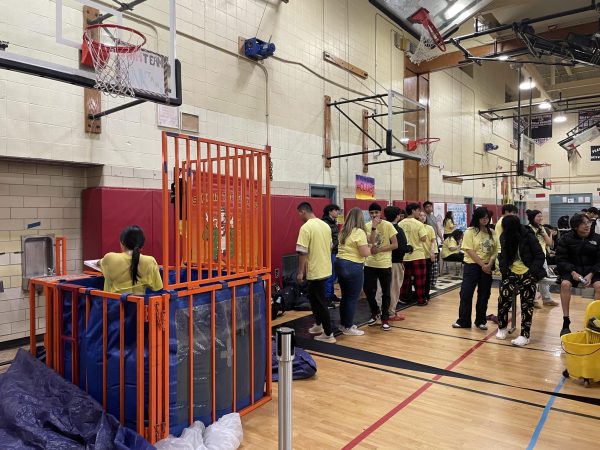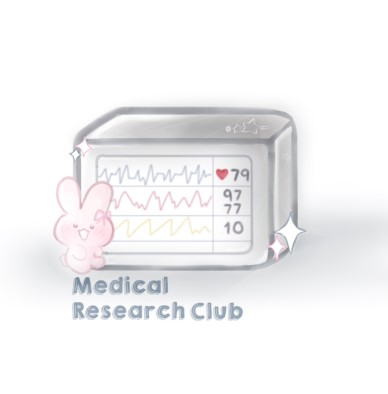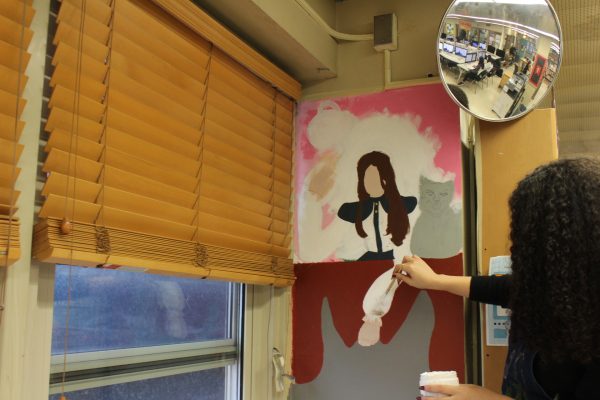The Crisis of E-Cigarettes
The sounds from the school bell rings as students individually enter the classroom. When the restrooms are available ten minutes after the second bell, students ask to be excused for the restroom. As faculty monitors the halls and the student bathrooms, they often catch students in the suspicious act of utilizing harmful devices.
“Students have been vaping in the bathrooms, I can say that for certain,” dean and science teacher Mr. Muhsen said. “We had one alleged incident of a student vaping in their classroom, but when we sourced them, they didn’t have anything on them.”
Mr. Muhsen said that when students are caught, the vapes are “confiscated and parents are called home.” However, the consequences that follow depend on the “individual case” of that specific student.”
“Depending on the number of infractions that they’ve had, and how often they’ve had the same infraction, they might get suspended,” Mr. Muhsen added. “It all depends on the individual case.”
“The FDA, a year or two ago, even put out something. They said, ‘You shouldn’t be vaping at ALL, due to the damage it does to your lungs because of all the different aerosoles that used to create and the different types of vaping liquids.’ So not only is it a long term health risk, it’s an immediate health risk.”
According to the website cdc.gov, approximately 1 in 10, more than 2.5 million United States high schoolers (and most of the time even middle schoolers) currently use e-cigarettes in 2022.
“It isn’t rare to see a student vaping in the bathroom,” sophomore Dennis Kim said. “I usually just leave the bathroom and tell the monitor that there’s students vaping and go to another floor to use the restroom.”
Sparks Counselor Ms. Hudson tries to educate teenagers on the dangers of vaping and substance abuse in general as they get older.
“One of the main things I tell them is that even if they are not addicted at this point in their lives, as they become older adults, they will face more addiction problems because anyone who begins using substances before the age of 15 has more of a likelihood of becoming substance dependent when they become 30 or so,” Ms. Hudson said.
“I usually explain the harm to them, let them know what they’re doing to their bodies and what happens when they become addicted to a substance,” Ms. Hudson added.
Ms. Hudson also incorporates a plethora of programs to help students battle their vaping habits. She provides different techniques and methods in order for students to understand the consequences and major effects vaping can have on their health.
“I have a program that’s called Teen Intervene, which is a brief intervention for kids who use substances,” Ms. Hudson said. “It gets them to think about what they’re doing, how often they’re doing it, and it gets them to kind of take accountability for the addiction. It also kind of works towards maybe sharing it with their parents and seeking help.”
If students are struggling with addiction, parental involvement in the rehabilitation process usually means better results for the student experiencing the addiction.
“With a lot of students, the parents also have to be on board,” Ms. Hudson said. “For example, if a student has to go into a substance abuse program, their parents kind of have to be on board as well. Sometimes you have a parent that’s really like, ‘oh, no, my kids don’t really have a problem’, so they’re not that interested.”
According to Fox26News, the article “Warning: Vaping disguised as school supplies” by Ishshah Padilla, popular vaping devices are undercover as everyday school supplies. As vapes are being disguised as school stationeries, students can easily get away with carrying and using these devices.
“It became easier for students to be able to bring vapes to schools and not be caught,” Kim said. “I once went into the restroom and heard these friends talking about how the vape looks just like a sharpie so the teacher won’t notice.”
Some students feel that teenagers can avoid these harmful substances at such a young age by educating themselves on the issue.
“Watching a documentary can be useful since it tells them about the negative aspects and that they shouldn’t do it and why,” sophomore Ines Tavora said. “It will show people who’ve done it on the documentaries telling them that they shouldn’t, so they’ll get influenced by it.”
Tavora said that she sometimes “holds her breath” whenever she witnesses someone vaping in the bathrooms due to secondhand smoke exposure.
“I see a lot of people vaping in our school, many times in the bathroom. I know that the deans try stopping it, but the students still find a way to bring them in,” Tavora added.
Encouragement from peers to stay away from these harmful substances can sometimes help students understand the dangers of what they are doing to their body as well.
“I think by being honest with your friends, letting them know that you’re concerned about them, letting them know that as a peer group you don’t accept vaping,” Ms. Hudson said. “Just let them know that the harms are there and that they could be affected, even at [this] age.”












